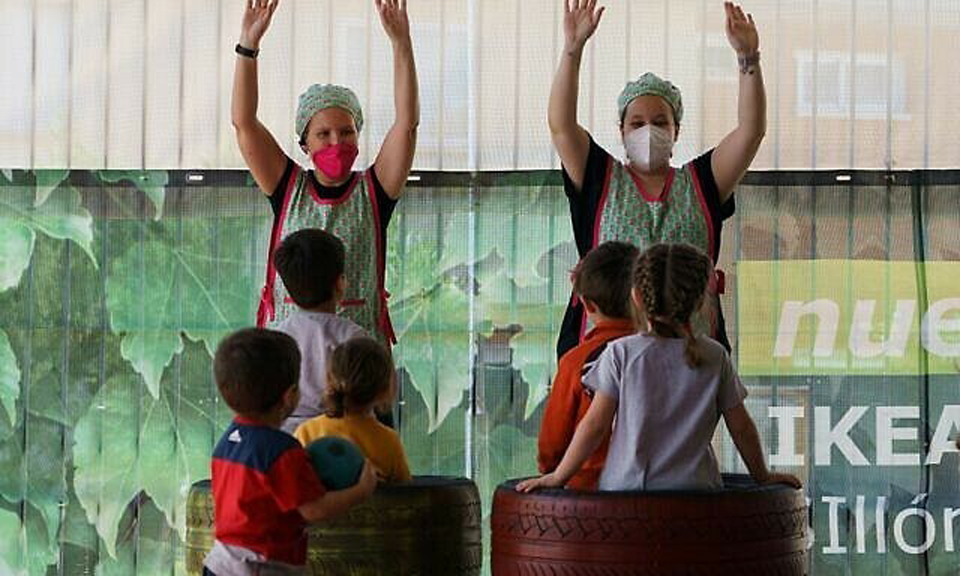
UNITED NATIONS, United States, May 24, 2022 (BSS/AFP) - Rich countries are
creating unsafe living conditions for children both at home and around the
world, a UNICEF report released Tuesday said, calling on states to reduce
waste and cut pollution.
UNICEF's Innocenti Research Center studied 39 countries from the Organization
for Economic Co-operation and Development (OECD) and the European Union (EU)
according to different criteria, including pesticide use, home humidity, lead
exposure, access to light and waste generation.
While Spain, Ireland and Portugal performed relatively well, none of the
countries studied were found to provide healthy environments for children,
according to the report.
"Not only are the majority of rich countries failing to provide healthy
environments for children within their borders, they are also contributing to
the destruction of children's environments in other parts of the world," said
the center's director Gunilla Olsson in a statement.
The report noted, however, that less wealthy countries in Latin America and
Europe had a lower impact on the general state of the planet compared to some
wealthier states studied.
While Finland, Iceland and Norway were in the lead for providing a healthy
environment for their own youth, they were in last place in terms of their
impact on the planet for their emissions rates, electronic waste volume and
consumption level.
In Iceland, Latvia, Portugal and Britain, one in five children is exposed to
damp and mold in their home, while in Cyprus, Hungary and Turkey, more than
one child out of four was affected.
Many children breathe toxic air both indoors and out, especially in Mexico,
although not in Finland and Japan, the report also found.
In Belgium, Israel, the Netherlands, Poland, the Czech Republic and
Switzerland, more than one in twelve children are exposed to high levels of
pesticide pollution, the report said.
In the 39 countries studied, more than 20 million children had high levels of
lead in their blood, it added.